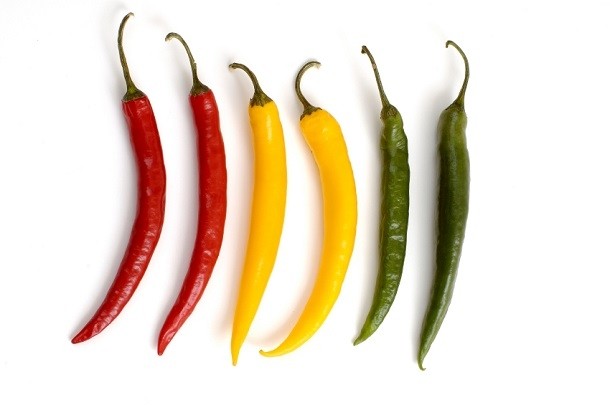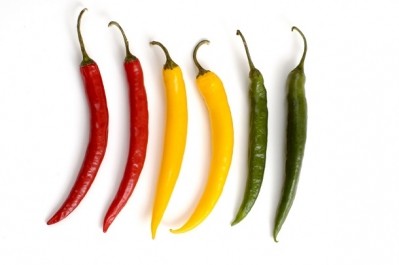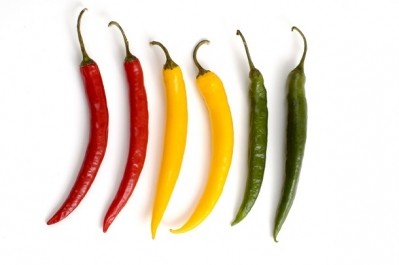Regularly eating spicy foods associated with a lower risk of death, BMJ study suggests

People who ate spicy food almost daily were 14% less likely to die during a long-term observational study conducted by a team of researchers at the Chinese Academy of Medical Sciences than those who ate spicy foods less than once a week.
The potential benefits of eating spicy food appears to be dose-dependent, with people who ate spicy foods just once or twice a week also benefiting from 10% reduced risk of death, according to the study published Aug. 4 in The BMJ.
The inverses association revealed by the study, which included 500,000 participants in the China Kadoorie Biobank, does not demonstrate causation, the authors are quick to note. However, it “undoubtedly will encourage further work … to establish whether spicy food consumption has the potential to improve health and reduce mortality directly,” Nita Foroughi, from the University of Cambridge, writes in an accompanying editorial.
Such research could have a significant impact on functional foods and supplements that currently or hope in the future to make claims linking capsaicin, the main active component in the chili peppers analyzed in the study, to weightloss, anti-inflammation, blood-glucose control and other health benefits, Foroughi and the study authors suggest.
Specifically, Foroughi suggests future research should analyze whether the observed associations are the direct result of consuming fresh and dried chili, chili oil and chili sauce, as suggested by the study, or if the chili “is simply a marker for other beneficial but unmeasured dietary components.”
Finding a mechanism of action
The study authors acknowledged that while chili pepper was the most commonly used spice in the study population, the use of other types of spices increased along with that of chili peppers and could contribute to the observed inverse association.
Nonetheless, they also note that capsaicin has been extensively researched and associated with anti-obesity, antioxidant, anti-inflammatory, anticancer and antihypertensive effects, as well as improving glucose homeostasis.
They also note that the antimicrobial function of capsaicin could impact people’s gut microbiota, although its full effect needs further investigation.
Finally, they acknowledge the cardiovascular system “is rich in capsaicin sensitive sensory nerves, which have an extensive role in regulating cardiovascular function,” and could be related to the demonstrated condition-specific reduction in risk of death from heart disease in the study.
Are fresh or dried chilies better?
The positive effects of the chilies seemed to be stronger in participants who consumed fresh chili peppers than those who consumed non-fresh spicy foods, which could impact the applicability of potential future health claims to certain delivery platforms and formats.
In particular, a statistically significant inverse association between daily consumption of spicy foods and diabetes appeared in the subgroup that consumed fresh chilies and not the whole cohort, according to the study.
Likewise, alcohol consumption could limit the potential positive impact of spice on health outcomes, the study authors suggest. They found the inverse association between spice and risk reduction was stronger in participants who did not drink alcohol.

















